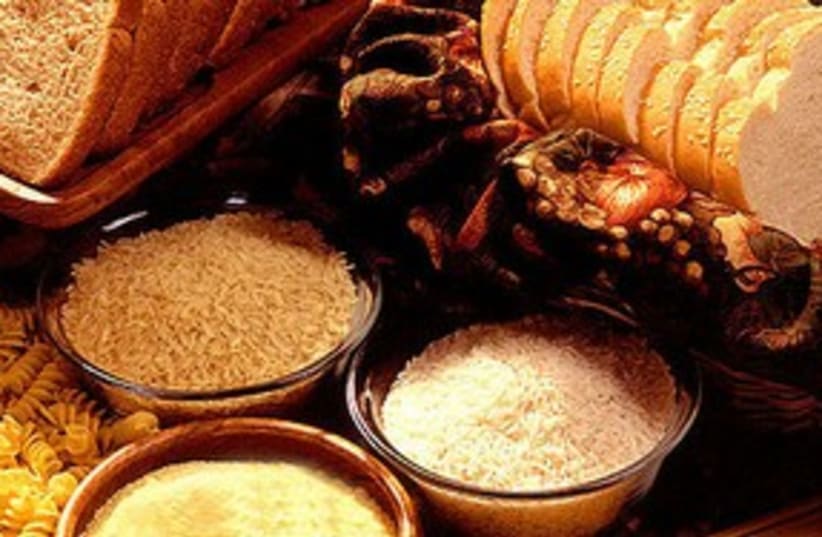BulgurWhile not many people have heard of bulgar, there is quite a lot to say about it. Loaded with fiber and protein and higher in most micro-nutrients than wheat, bulgur is an exceptionally rich source of many essential vitamins and minerals -quite a lot of nutrients, especially for a grain that most people know nothing about. In fact, one cup of cooked bulgur provides just over 9% of the daily recommended intake of niacin (vitamin B3), a vitamin needed to digest carbohydrates as well as ensure that the nervous system functions properly, maintain proper blood flood and is needed for the synthesis of sex hormones, amongst others. This grain is also rich in folate and iron as well as providing more than half of one’s daily recommended value of manganese - a mineral that helps the body metabolize fat and carbohydrates, absorb calcium and regulate your blood sugar. Moreover, packing six grams of protein and eight grams of fiber per cup, this carb has a relatively low glycemic load of only 13 – and therefore, does not have a negative impact on blood sugar levels.From losing weight, to boosting energy levels and improving your overall health, start eating the “right” carbs.
Stay tuned for next week for part II of “The Low Down on Carbs” to find out which ones are better than they seem, and which are worse then you would have ever dreamed.
